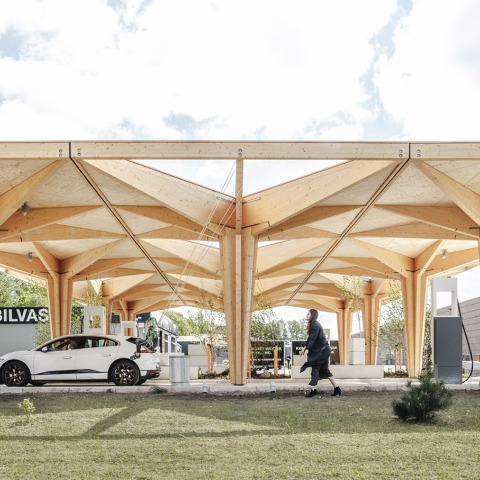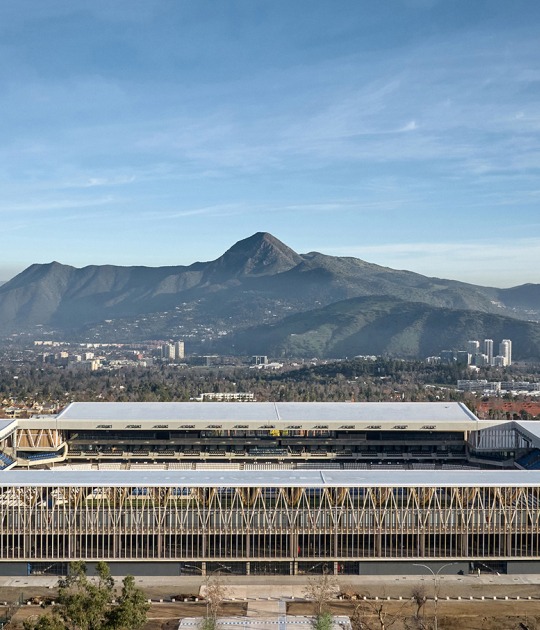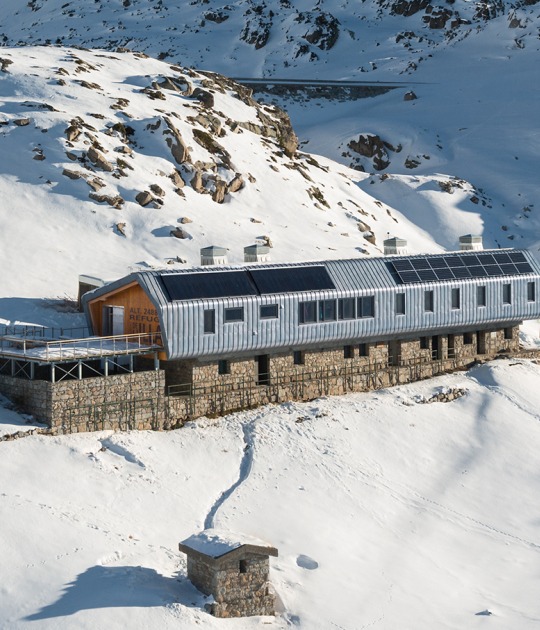Electric vehicles are the way of the future. With our design we offer EV drivers a welcome break and an opportunity to recharge mentally in a green oasis.
The energy and the technology are green, so we wanted the architecture, the materials and the concept to reflect that. Hence, we designed a charging station in sustainable materials placed in a clean, calm setting with trees and plants that offer people a dose of mindfulness on the highway.
Dan Stubbergaard, architect and founder Cobe
Ford revolutionized the market for privatized mobility in 1903 with the Model A assembly line. Today, car companies are undergoing a similarly dramatic transition to become mobility providers based on electrified alternatives to meet the growing awareness of and demand for sustainable alternatives.
In Norway, more than 15% of all registered cars and 60% of all new ones are pure EVs or plug-in hybrid models. When this trend expands globally, our cities and infrastructural landscapes will change completely.
Project description by Cobe
The impact of electrified mobility will completely change how our cities look, feel and organize themselves in the future. According to WHO, 91% of the world’s population live in areas, where the level of toxins in the air exceeds recommended limits, and CO₂ emissions are out of control.
This has led to a fundamental shift towards electrified mobility in smog-plagued countries like China and Brazil. While the carbon emission per kWh in Denmark had been reduced to 200 g per kWh by 2019 as a result of an increasing use of renewable energy sources, the introduction of electric vehicles (EVs) on a mass scale will have a large impact, reducing the carbon footprint of each car to only 20% of that of a car driving on fossil fuels.
Cobe’s design for ultra-fast charging stations is based on a complete rethinking of the “mobility experience” driving an EV. The charging station should not only minimize the charging time but also create a meaningful break for the driver and passenger and inspire both the driver and other road users to change their habits.
The station is designed with a modular approach that is scalable to match a rapid global shift in mobility patterns.










































